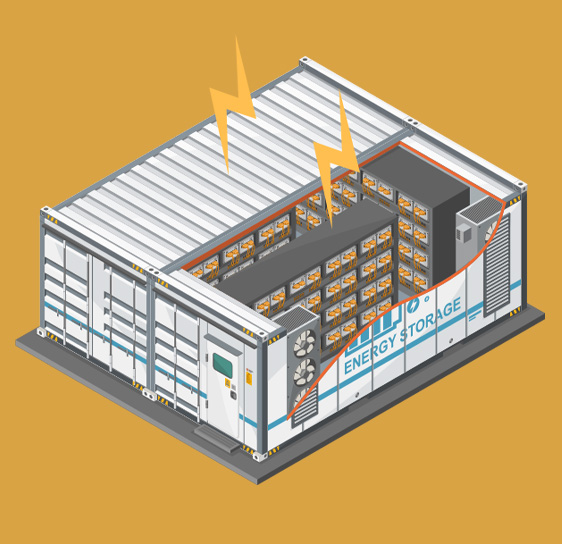Electrochemical Storage Systems (SdA) are a key component for the stability and reliability of the National Electrical System, as they allow for rapid response to variations in network frequency, dynamically modulating power injection and withdrawal. Their use is strategic to ensure flexible energy management and optimize the integration of renewable sources, thus improving the overall stability of the elctrical power system.
To maximize the benefits deriving from the use of distributed SdA, the Visto platform will allow the aggregate management of these systems, configuring them as a Virtual Storage capable of providing advanced grid ancillary services. These include synthetic inertia, fast reserve and peak shaving and/or load leveling strategies, essential to ensure an efficient balance between energy supply and demand.
Within the ViStoFare project, prototypes of the StorInPLus device will be developed – both in laboratory scale and in full scale – responsible for the control and management of single electrochemical SdA, implementing advanced algorithms for the provision of synthetic inertia and fast reserve services. To support this innovative solution, the implementation of a demonstrator is planned that will include three SdA, of which at least one coupled to a Renewable Energy Source Plant These systems will be interfaced to the grid via three StorInPLus devices, coordinated by the Visto platform to be managed as Virtual Storage The aim is to provide synthetic inertia, fast reserve, peak shaving and load leveling services in an integrated manner, thus contributing to the stability and efficiency of the grid.
To evaluate the impact of the system, specific key performance index of both an energetic and economic nature will be defined These index will allow to estimate the benefits deriving from the integration of the SdA, managed in a distributed manner by the Visto platform as a Virtual Storage, within the national electricity system. This approach will allow to highlight the added value of the proposed solution, both in terms of grid stabilization and in terms of cost optimization and overall energy efficiency.



